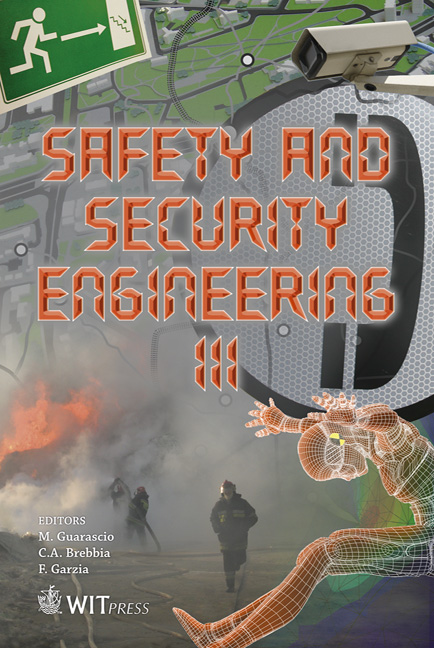How To Increase Multi-plant Collaboration Within A Chemical Cluster And Its Impact On External Domino Effect Cooperation Initiatives
Price
Free (open access)
Transaction
Volume
108
Pages
2
Page Range
379 - 388
Published
2009
Size
765 kb
Paper DOI
10.2495/SAFE090351
Copyright
WIT Press
Author(s)
G. L. L. Reniers
Abstract
This paper discusses drivers and partner collaboration characteristics within the Antwerp-Rotterdam chemical cluster, the largest chemical cluster worldwide. A questionnaire was used to assess the characteristics’ impact and to evaluate whether respondents give significantly different scores to comparable influencing factors depending on the type of collaboration (i.e., vertical or horizontal). The survey results show that for decision makers within the AR region both the factors ‘investments needed for collaboration’ and ‘internal stakeholder support’ turn out to be more essential in the case of horizontal collaboration. Also, the ‘fit between the cooperating organizations’ and the ‘innovation potential of the partner’ are deemed to be more cardinal partner characteristics in the case of horizontal collaboration. Since safety cooperation within a chemical cluster is mainly horizontal, strategic multi-plant safety collaboration can be enhanced taking these findings into account, eventually leading to the set up of a cluster safety culture. Keywords: safety collaboration, horizontal collaboration, chemical cluster.
Keywords
safety collaboration, horizontal collaboration, chemical cluster





